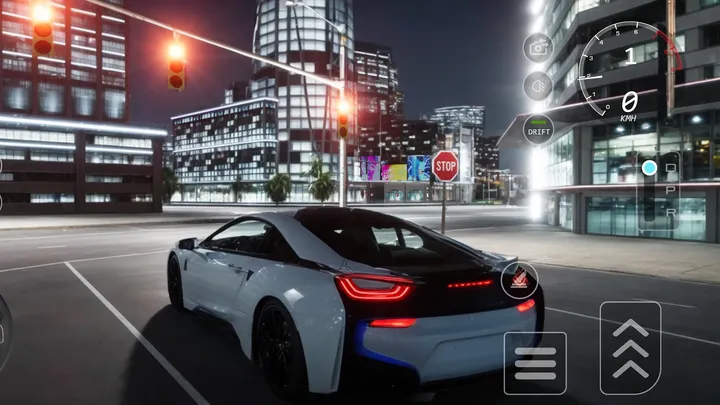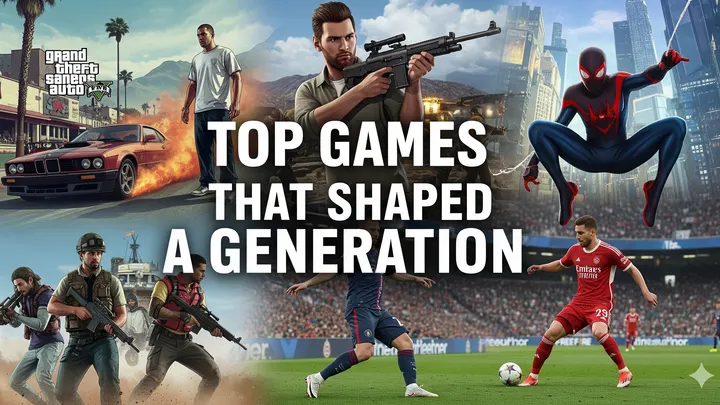When Battlefield 6 was announced, one of the most hyped features was the introduction of dynamic weather systems that actively influence gameplay. Unlike static maps of previous Battlefield entries, these environments can shift dramatically in real time, altering the way battles unfold. Tornadoes tearing through skyscrapers, sandstorms engulfing urban zones, and blizzards cutting off visibility are no longer cinematic moments—they are core mechanics that players must adapt to.
This innovation redefines the concept of unpredictability in first-person shooters. It’s no longer just about an enemy outflanking you or a tank appearing at the wrong time; it’s about the environment itself becoming an adversary. For both casual players and competitive veterans, this creates new layers of challenge, strategy, and immersion. Understanding how these systems function and how players respond is essential to appreciating why Battlefield 6 feels unlike anything before it.
The Technology Behind Battlefield 6’s Weather System
At the core of Battlefield 6’s weather system lies Frostbite engine advancements that allow for real-time rendering of massive storms, dust clouds, and precipitation. Unlike scripted set pieces, these weather events are algorithmically driven, meaning they can develop, intensify, and dissipate differently each time a match is played. This ensures no two games feel exactly alike.
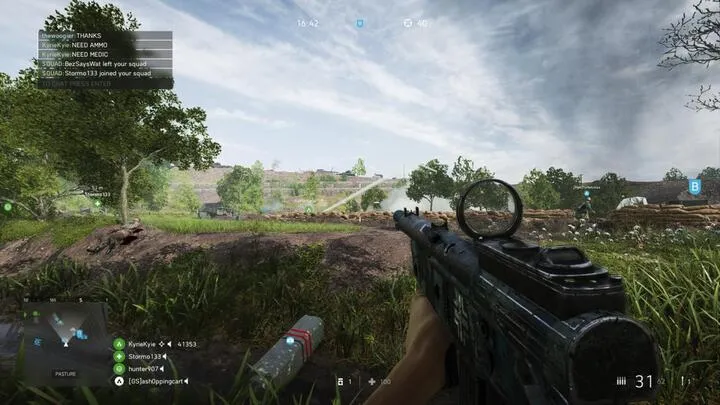
The developers designed these weather mechanics to balance visual spectacle with tactical consequence. A tornado is more than a background effect—it interacts with debris, lifts vehicles, and can even alter player trajectories. Sandstorms dynamically reduce visibility, forcing snipers to reposition. Snow builds up over time, creating slippery surfaces and muffled soundscapes. The goal was not just to simulate realism but to make weather an equal participant in combat.
By pushing environmental physics to such a scale, DICE blurred the line between level design and live battlefield conditions. Instead of memorizing static choke points, players must learn to anticipate evolving conditions, integrating weather into their tactical decision-making process.
Tornadoes and Storms: The Most Iconic Game-Changers
Tornadoes are Battlefield 6’s most jaw-dropping weather events, serving as both spectacle and gameplay disruptor. These massive funnels move unpredictably across the map, tearing apart cover, lifting vehicles, and even dragging players into their violent updrafts. When a tornado forms, the battlefield instantly transforms into a survival scenario, and everyone—friend and foe alike—must respond.
What makes tornadoes so unique is their equal-opportunity chaos. They don’t care about team balance or player skill; they create opportunities and dangers simultaneously. A squad pinned down might use the storm’s distraction to relocate. A pilot might suddenly find their aircraft sucked into the vortex, turning mastery of flight into a desperate fight for survival. Some daring players even use tornadoes to their advantage, parachuting into the storm to gain high ground repositioning.
Storms bring different tactical nuances. Thunderstorms can cause temporary blackouts, limiting visibility and increasing tension. Heavy winds affect bullet trajectories at long range, making sniping less reliable. These forces keep the battlefield alive, reminding players that control is fleeting in such a volatile environment.
Sandstorms, Snow, and Rain: Visibility and Survival Challenges
Beyond tornadoes, Battlefield 6 introduces subtler yet equally impactful weather patterns. Sandstorms are particularly devastating on desert maps, blanketing the terrain in dense clouds that reduce visibility to near zero. Long-range weapons lose effectiveness, vehicles risk ambush, and squads are forced to rely on close-quarters tactics. In many ways, sandstorms reset engagements, transforming open warfare into intimate, nerve-wracking encounters.
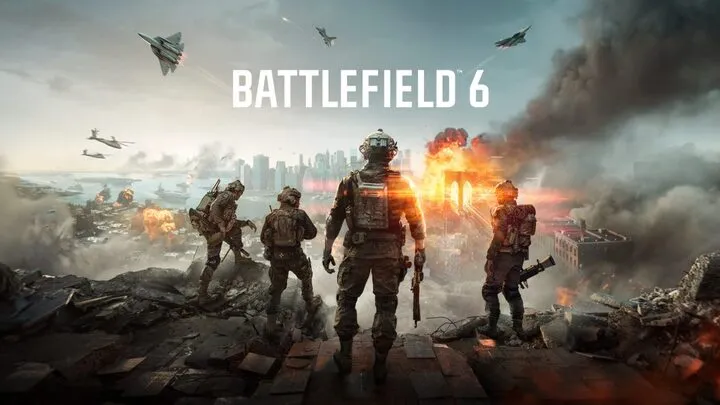
Snowstorms alter gameplay in both visibility and mobility. Blizzards can obscure entire landscapes, while ice and snow reduce traction for vehicles. Tanks that normally dominate flat terrain suddenly struggle with control, while infantry gain opportunities to flank without being spotted. Audio also shifts—footsteps and gunfire are muffled, forcing players to rely more heavily on visual cues.
Rain, while seemingly less dramatic, has subtle but game-defining effects. Wet surfaces increase reflections, making hiding spots less effective. Helicopter pilots must deal with turbulence, while infantry experience slowed traversal in muddy areas. Combined with night cycles, rainstorms create some of the most atmospheric and tactically challenging moments in Battlefield history.
Impact on Infantry Combat: Tactics Under Pressure
For infantry players, dynamic weather reshapes the fundamental rules of engagement. Visibility becomes inconsistent, cover can be destroyed, and movement routes can vanish in seconds. A sniper nest that dominates during clear weather becomes useless during a sandstorm. Similarly, storm debris can provide new cover opportunities where none existed before.
Weather forces infantry to diversify their loadouts. Thermal optics, flares, and equipment designed for detection become more valuable in conditions where sightlines are compromised. Close-range weapons, shotguns, and SMGs see a resurgence during weather shifts, while long-range rifles are relegated to waiting out the storm. This cyclical shift ensures no single weapon dominates across all scenarios.
Squad coordination also intensifies. Moving as a unit is essential when storms limit visibility. Communication about enemy positions, cover, and navigation becomes the difference between surviving the chaos or being isolated and eliminated. Weather essentially amplifies the importance of teamwork, punishing lone wolves while rewarding coordinated squads.
Vehicles in Extreme Weather: Shifting Roles and Risks
Vehicles, often the defining factor in Battlefield gameplay, are deeply affected by weather. Tornadoes can lift tanks and jeeps, scattering them unpredictably. Pilots must contend with turbulence and reduced visibility, making dogfights less about precision and more about adaptability. In some cases, skilled pilots use the chaos to break enemy locks or disappear into storm cover.
Ground vehicles, while durable, become vulnerable when weather neutralizes their strengths. Tanks may lose dominance if sand obscures their targets. APCs, normally used for troop transport, become risky investments when storms make navigation treacherous. Hovercrafts, designed for versatility, can leverage rough terrain created by storms, but they too are subject to reduced control.
This balance of power ensures no vehicle remains unstoppable. Weather keeps even the most skilled tank commander or ace pilot in check, forcing adaptation and humility. For players on foot, weather often creates windows of opportunity to challenge vehicles in ways that static conditions never allowed.
Map Flow and Objective Control During Weather Events
Dynamic weather alters not just moment-to-moment skirmishes but the overall flow of maps. Objectives that seem strategically dominant may suddenly lose value when visibility plummets or access routes are cut off. A control point in an open desert might be easy to hold under clear skies but nearly indefensible in a sandstorm.
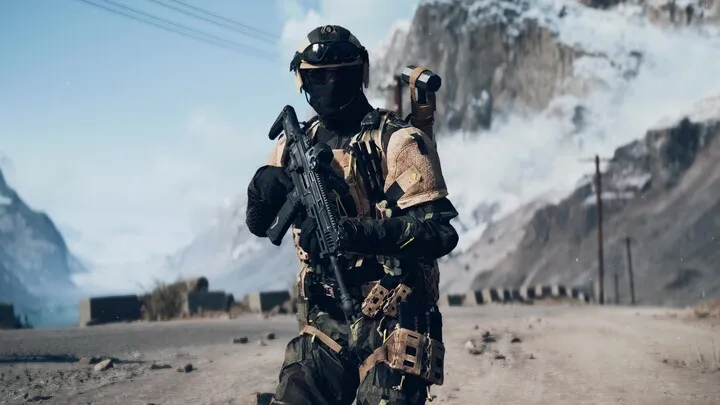
Storms create natural pauses and resets in battles. Teams may retreat, regroup, and rethink strategies as weather intensifies. This ebb and flow contrasts sharply with older Battlefield entries, where battles often stagnated around choke points. Weather events ensure that momentum is constantly shifting, making comebacks more likely and matches more cinematic.
Players must also weigh risk versus reward. Do you push for an objective during a storm, hoping the chaos shields you, or do you wait until visibility improves, knowing the enemy may do the same? These decisions add layers of psychological warfare to the already complex tactical landscape.
Player Adaptation: Strategies for Surviving the Chaos
Adapting to weather is not optional in Battlefield 6—it’s survival. Experienced players quickly develop habits to thrive under shifting conditions. One strategy is loadout flexibility, ensuring weapons and equipment cover both long-range and close-range encounters. Another is positional awareness—learning which structures withstand storms and which collapse under pressure.
Teams that communicate thrive. During sandstorms, squads often assign point men with flares or IR scopes to lead navigation. Pilots work in pairs, covering each other when visibility drops. Engineers prioritize repair tools, as vehicles sustain more environmental damage during storms. Adaptation becomes less about individual skill and more about squad synergy.
Some players even exploit weather proactively. For instance, baiting enemies into tornado zones, timing pushes during visibility drops, or ambushing vehicles trapped in mud. The unpredictability rewards creative problem-solving, ensuring those who think beyond conventional strategies excel.
Competitive and Casual Play: Weather as a Balancing Force
Dynamic weather impacts Battlefield 6 differently across casual and competitive settings. For casual players, weather adds excitement and cinematic flair. Matches feel less predictable, and even players on losing teams can find thrilling moments of survival or creativity. The spectacle of storms ensures every session feels like a highlight reel.
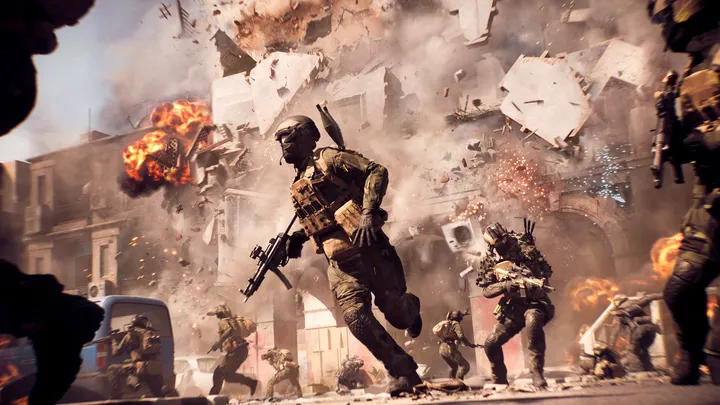
For competitive play, weather introduces debates about balance. Randomness can disrupt fairness, especially in tournaments where consistency is prized. However, some argue that weather serves as an equalizer, reducing the dominance of highly skilled players or vehicle-heavy teams. By forcing adaptation, weather highlights versatility rather than raw mechanical precision.
Ultimately, DICE must strike a balance between spectacle and stability. Custom servers may offer toggles for competitive environments, while public matches continue to showcase the full force of weather chaos. Either way, Battlefield 6 proves that environmental unpredictability can be as compelling as any human opponent.
Community Response and the Future of Dynamic Weather in Battlefield
The community’s response to Battlefield 6’s weather system has been passionate and divided. Many praise the innovation, calling it the most immersive feature ever added to the franchise. Players share clips of tornado escapes, sandstorm ambushes, and snow-covered firefights, celebrating the unpredictability as quintessential “Battlefield moments.”
Critics, however, argue that weather sometimes overshadows core gameplay. Matches can feel more about surviving storms than defeating enemies, leading to frustration when skill takes a backseat to chaos. Performance issues on older hardware also exacerbate concerns, with weather effects occasionally impacting frame rates and clarity.
Looking forward, dynamic weather sets a precedent for the franchise. Future installments may refine these mechanics, offering more control, customization, or even player-triggered events. Regardless of its divisiveness, weather has forever changed how players envision the Battlefield experience.
Conclusion: Weather as the True Commander of Battlefield 6
Dynamic weather in Battlefield 6 is more than a graphical showcase—it is the game’s ultimate commander. Tornadoes, sandstorms, snow, and rain reshape tactics, vehicles, and map flow, ensuring that no battle ever plays the same way twice. For infantry, it demands flexibility and teamwork. For vehicle operators, it humbles dominance with environmental unpredictability. For squads, it transforms coordination into the ultimate survival tool.
By making the battlefield itself an active participant, DICE has expanded the definition of warfare in gaming. Whether players love it for the cinematic chaos or loathe it for the unpredictability, dynamic weather ensures Battlefield 6 will be remembered as the installment where the environment fought back.






